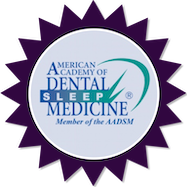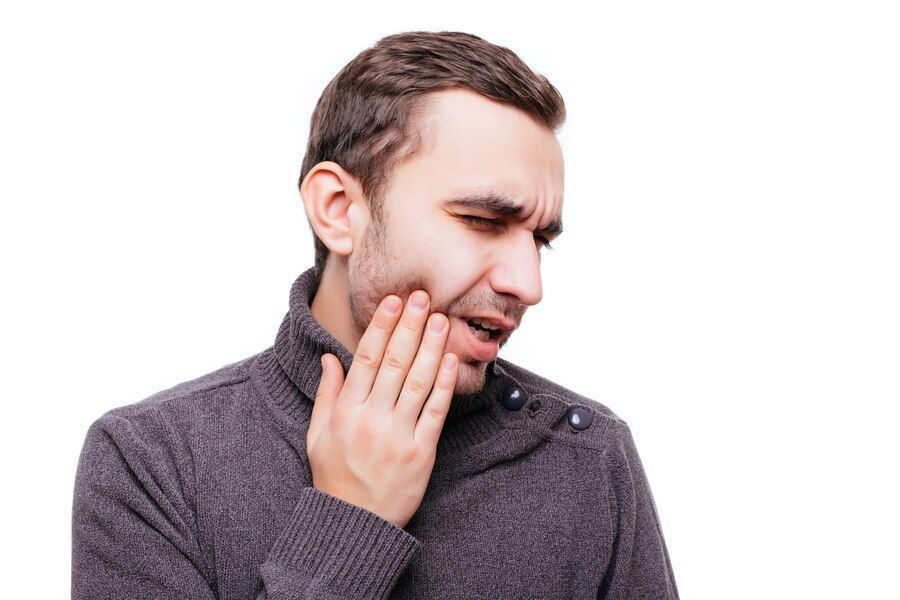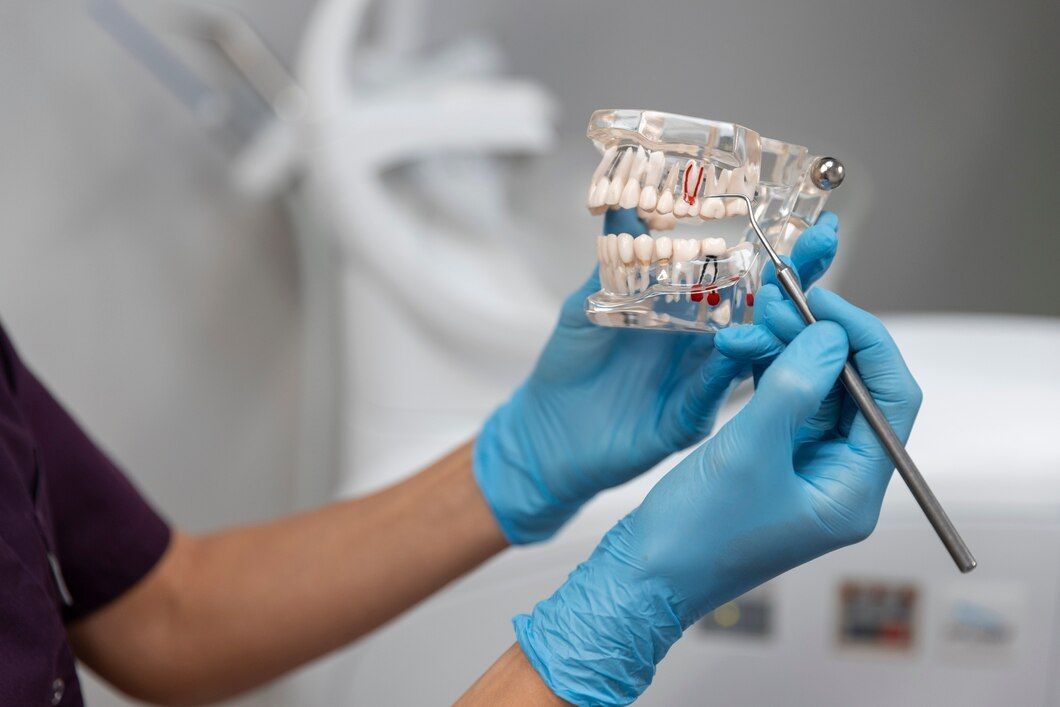Welcome to Fuller Sleep & TMJ Solutions | Greensboro, NC | frontdesk@fullersleep.com
Spotting Craniofacial Pain Symptoms Easily

Craniofacial pain refers to discomfort or aching in the head, face, or neck regions. This type of pain can be confusing and challenging to diagnose because it can stem from various causes. Factors like stress, dental issues, or underlying health conditions can all contribute to craniofacial pain.
Living with this kind of discomfort can significantly affect your daily activities and overall well-being. This article will guide you through the common causes, key symptoms to look out for, and how Dr. Fuller diagnoses and treats craniofacial pain effectively.
Common Causes of Craniofacial Pain
Craniofacial pain can result from various underlying causes. Understanding these causes is essential for effective diagnosis and treatment. One common cause is TMJ/TMD (temporomandibular joint disorders). These disorders involve the jaw joint and can lead to pain or discomfort in the face and jaw. Stress or trauma to the joint can create issues that cause this type of pain.
Another frequent cause is dental problems like toothaches, cavities, or gum disease. Infections or abscesses in the teeth can radiate pain to the surrounding areas of the face. In some cases, misaligned teeth or improper bites can also lead to craniofacial pain, as the muscles around the jaw work harder than usual to compensate for the misalignment.
Infections of the sinuses, known as sinusitis, can cause significant discomfort around the cheeks, nose, and forehead. This type of pain often feels like pressure and can be worsened by bending over or lying down. Neurological issues, such as migraines or cluster headaches, can also manifest as intense pain in the craniofacial region. These headaches can be severe and recurring, affecting daily life.
Lastly, injuries or trauma to the head, face, or neck can result in long-term craniofacial pain. Such trauma can damage nerves or tissues, leading to persistent pain long after the initial injury has healed.
Key Symptoms to Look Out For
Spotting craniofacial pain symptoms early can make a big difference in managing the condition effectively. Some of the key symptoms to look out for include persistent headaches, particularly if they are concentrated around the temples, forehead, or behind the eyes. These headaches may vary in intensity and duration.
Another common symptom is facial tenderness, which can occur in specific areas like the cheeks, jaw, or around the eyes. This tenderness might be constant or could worsen with activities such as chewing, speaking, or yawning. In addition to tenderness, many people experience jaw pain that can extend to the neck and shoulders. This pain might be accompanied by clicking or popping sounds when opening or closing the mouth.
Ear-related symptoms are also prevalent. These can include earaches, a sense of fullness in the ears, or even ringing (tinnitus). While these symptoms might seem unrelated to craniofacial pain, they can often be linked to issues within the jaw or facial muscles.
Sinus pain, which feels like pressure around the cheeks and forehead, is another symptom to watch for. This type of pain can be particularly intense when bending forward or lying down. Finally, if you have experienced any trauma to the head, face, or neck and are dealing with persistent pain in these areas, it's crucial to recognize this as potential craniofacial pain symptom.
How Dr. Fuller Diagnoses Craniofacial Pain
Dr. Fuller's approach to diagnosing craniofacial pain is thorough and precise. The process begins with a comprehensive examination where Dr. Fuller reviews your medical history and discusses your symptoms in detail. She asks about the location, intensity, and frequency of your pain, seeking to understand any activities or situations that may trigger it.
Physical examination is another key step. Dr. Fuller evaluates your head, neck, and jaw movements to identify any abnormalities or areas of tenderness. She may palpate the muscles and joints around your face and neck to check for muscle spasms, inflammation, or other issues.
Imaging tests may also be recommended to get a clear view of the structures in your head and neck. X-rays, CT scans, or MRIs can reveal problems like joint disorders, sinus issues, or injuries to the facial bones. These images provide valuable information that helps Dr. Fuller make an accurate diagnosis and develop an effective treatment plan.
Additionally, Dr. Fuller might use diagnostic tools like bite tests or jaw tracking devices to assess your jaw's alignment and function. By combining these various methods, she ensures a comprehensive diagnosis, paving the way for targeted and effective treatment.
Effective Treatment Options for Craniofacial Pain
Dr. Fuller offers a range of effective treatments to manage craniofacial pain. One common approach is oral appliance therapy. This involves custom-made devices that fit in your mouth to correct jaw alignment and reduce strain on your jaw muscles. These appliances can alleviate pain and prevent further issues.
Physical therapy is another key treatment. Dr. Fuller may recommend exercises to strengthen the muscles around your jaw, neck, and shoulders. This helps improve flexibility and reduces pain. Techniques like ultrasound, moist heat, or cold packs can also be used to ease muscle tension and inflammation.
Medications may be prescribed to manage pain and inflammation. Over-the-counter pain relievers, anti-inflammatory drugs, or muscle relaxants can help control symptoms. In some cases, corticosteroids might be used to reduce severe pain and swelling.
Other treatments include stress management techniques like relaxation exercises and counseling. Stress is a major factor that can worsen craniofacial pain, so addressing it can significantly improve symptoms. Dr. Fuller ensures that each treatment plan is tailored to the individual, providing comprehensive care for lasting relief.
Conclusion
Craniofacial pain can significantly disrupt your daily life. By understanding the common causes and key symptoms, you can take proactive steps to address this pain early. Dr. Fuller's thorough diagnostic approach at Fuller Sleep & TMJ Solutions ensures that you receive a personalized and effective treatment plan.
If you're struggling with cranial pain, don't wait to seek help from
Dr. Sandra Fuller in Greensboro. Our team at Fuller Sleep & TMJ Solutions is here to provide expert care. Reach out today and take the first step towards a pain-free life.

CONTACT US
Fuller Sleep & TMJ Solutions
1515 West Cornwallis Dr Suite 110 Greensboro, NC 27408
BUSINESS HOURS
Monday: 8am – 5pm
Tuesday: 8am – 5pm
Wednesday: 8am – 5pm
Thursdays: 8am – 2pm
All Rights Reserved | Fuller Sleep & TMJ Solutions
© 2023 All Rights Reserved | Fuller Sleep & TMJ Solutions
Website designed by: Morningdove - Accessibility Statement












